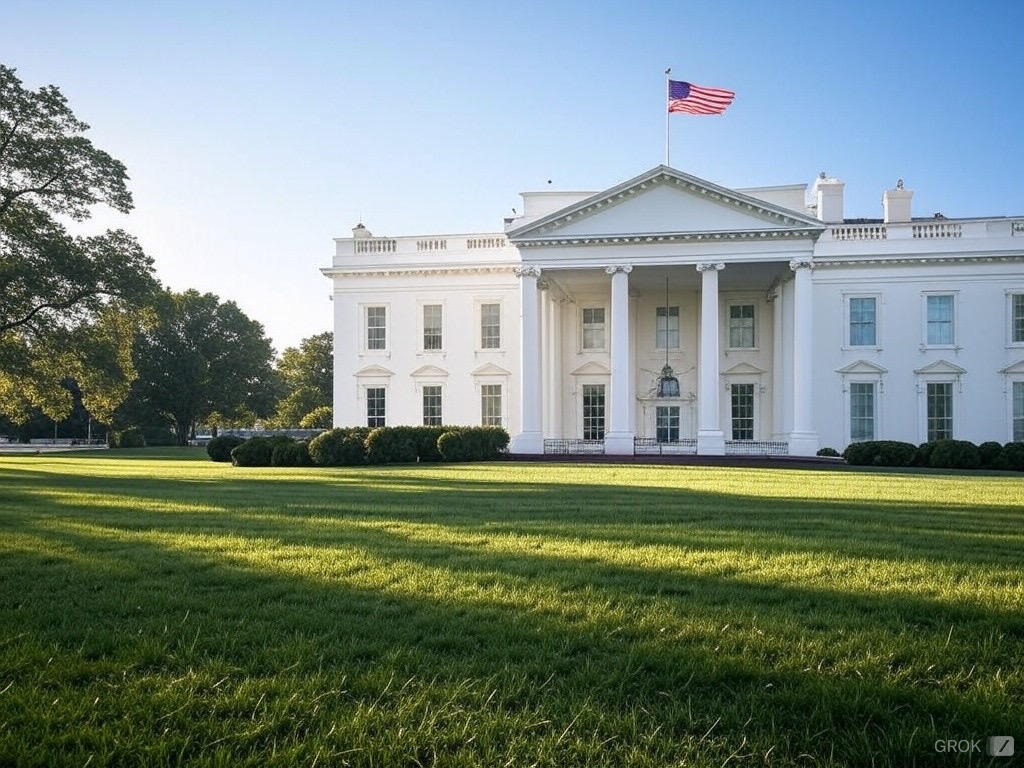
As the clock ticks towards the end of another fiscal year, the United States once again faces the spectre of a government shutdown, a situation where Congress fails to pass necessary spending bills, leading to the suspension of non-essential federal operations. As of December 20, 2024, the nation found itself in a precarious position, with the deadline for funding the government looming at midnight.
The Background
Government shutdowns in the U.S. occur when Congress does not pass the 12 annual appropriation bills needed to fund government operations before the fiscal year begins on October 1. If only some bills are passed, leading to a partial shutdown, the impact is similarly disruptive, though less comprehensive. The current situation stems from a failure to agree on a new funding package, exacerbated by political divisions and last-minute demands from incoming and outgoing administrations.
Political Dynamics
The current scenario has been marked by intense negotiations, with the Republican-controlled House of Representatives attempting to navigate through a minefield of ideological differences. President-elect Donald Trump’s insistence on linking the spending bill with a debt ceiling suspension has added layers of complexity. This demand was met with resistance, leading to the rejection of several proposed funding packages, as noted in posts found on X. The dynamics within Congress, particularly the influence of Trump’s demands, have significantly shaped the ongoing debate.
Potential Impacts
- Federal Employees: Perhaps the most immediate impact would be on federal workers. Non-essential employees would be furloughed, meaning they would be sent home without pay until funding is restored. Essential employees, like those in law enforcement and air traffic control, would continue working but without immediate compensation, which could lead to financial strain.
- Public Services: A shutdown would disrupt a wide array of services. National parks might close or operate with minimal services; passport and visa processing could slow down or halt; and scientific research could be delayed or abandoned. According to web information, even services like the Special Supplemental Nutrition Program for Women, Infants, and Children (WIC) could face immediate funding cessation, affecting millions.
- Economy: The economic fallout from a shutdown can be significant. The Congressional Budget Office estimated that the 2018-2019 shutdown reduced GDP by $11 billion. While some spending is deferred rather than lost, the ripple effect on small businesses, tourism, and federal contractors can be substantial.
- Public Perception and Political Fallout: Shutdowns often lead to public dissatisfaction with government functionality, potentially harming the reputation of those in power. Historical examples, like the 35-day shutdown under Trump’s presidency, showed a dip in approval ratings, illustrating the political risks involved.
The Legislative Response
In a last-ditch effort to avoid the shutdown, the House passed legislation on December 20, 2024, which aimed to keep the government funded temporarily, though it did not meet all of Trump’s demands. This action reflects the political maneuvering and compromise often necessary in such high-stakes situations. However, whether this will be enough to keep the government running smoothly until a more permanent solution is achieved remains uncertain.
Looking Forward
The potential for a government shutdown underscores the need for more effective legislative processes, possibly through reforms in how spending bills are managed or through changes in the political culture of brinkmanship. As the nation watches to see if the government can avert this fiscal cliff, the implications for both immediate government functionality and long-term political strategy are profound.
In conclusion, a shutdown would not just be a temporary inconvenience but could lead to lasting impacts on both the economy and public trust in government. As we move closer to the new year, with Donald Trump set to assume office once again, the focus will likely shift towards how new leadership might influence fiscal policy and Congressional negotiations. Only time will reveal the full extent of this chapter’s impact on American governance.
